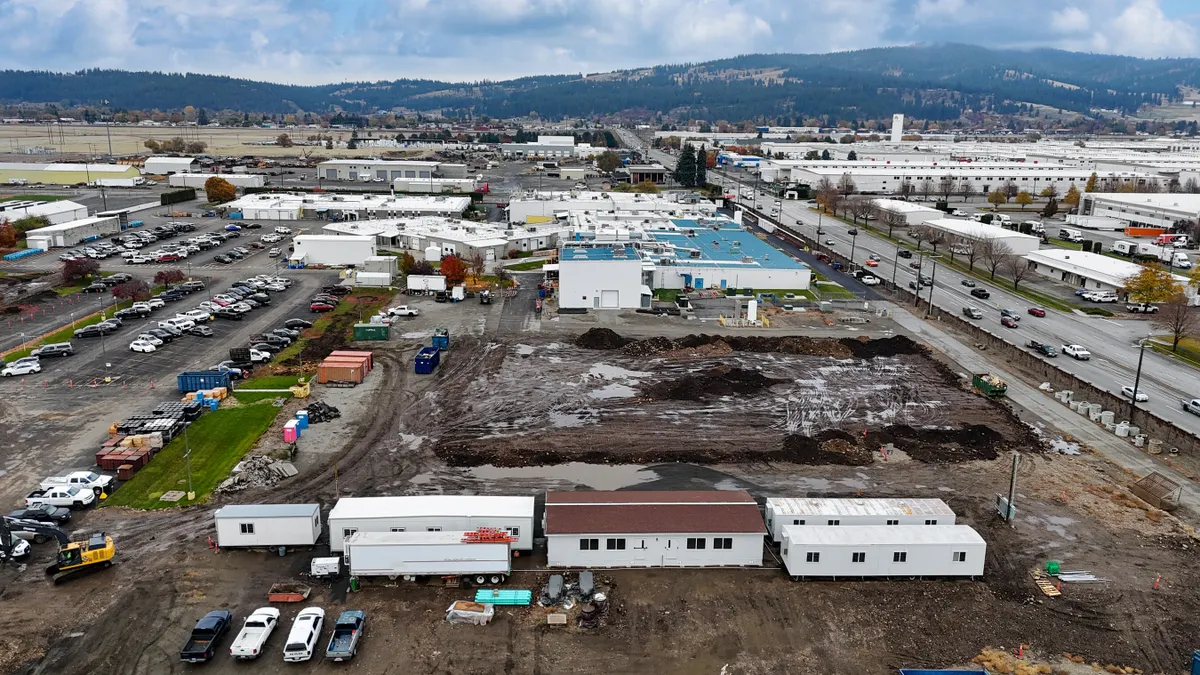Editor’s note: This is the second of three articles about the increasing importance of preconstruction since the COVID-19 pandemic. View the first article here.
Even though preconstruction gained prominence during the pandemic, the impacts of this pivot have been slower to materialize on jobsites.
While designers, owners and construction managers applaud the new convergence of partners on the preconstruction portion of the build cycle, project timelines and budgets have yet to witness significant improvements.
According to a 2023 global construction survey conducted by KPMG, 37% of owners and contractors have missed budget or schedule over the past year due to a lack of effective risk management. That’s actually up from 32% in the corresponding 2021 survey and represents half of all owner projects not being completed on time.
“Project performance remains in the spotlight, with only half of owners saying their projects are completing on time and 87% stating that projects are coming under greater scrutiny,” the report found.
Noting that supply chain disruption, high material prices and labor shortages continue to add to costs and hold up projects, KPMG said stagnant productivity and a lack of innovation persist within construction models that continue to embrace fragmented structures, where margin-starved partners have neither scale nor incentive to invest in new technology or delivery models.
Preconstruction’s push into tech
Nevertheless, technology continues to inundate the construction industry in an effort to solve productivity woes — an aspect the report called “the great innovation race.” On the preconstruction side, visualization tools — from complex reality capture to simple executive dashboards — are getting high marks as designers, owners and construction managers seek to catalyze collaboration.
For example, at Cincinnati-based Messer Construction, preconstruction teams are utilizing the Join online change management platform for streamlined cost and schedule conversations with ownership groups that have engaged with the GC in value-engineering delivery models.

“Estimates and plans get dumped in the cloud and offer a great exchange of actionable ideas that we can price up as the target-value-delivery lean construction manager,” said Matthew Verst, Messer’s vice president of cost planning and estimating. “We’ve had mixed engagement on the design side, but the visual component to the owner has proven itself as a valuable visualization tool to see the project evolve and access the total history of decision-making”
Meanwhile, Miller Construction in Ft. Lauderdale, Florida, uses building information modeling for clash detection within plan sets that are specific to design, construction and the mechanical, electrical and plumbing trades.
“Most jobs that we work on, the architects and engineers use Revit, so we request those models from them for clash detection,” said Spencer Green, Miller’s director of preconstruction. “There are a lot of conflicts between the architectural, structural and MEP disciplines that can be easily identified and resolved by just comparing plans.”
$500,000 in savings
On the industrial side, Miller has also begun experimenting with software from Livermore, California-based Agtek to estimate earthwork costs during preconstruction. The solution has provided some additional precision to budgeting, as well as revealing design flexibilities for literally pulling concepts out of the dirt.
On a recent $10 million project, for example, the technology helped show how lowering a building elevation by 6 inches could save $500,000 from the total budget to let the project pencil out.

“Earthwork and elevation and fill cost estimates were some of the most challenging, and Agtek was a system our subcontractors were already using for their takeoffs,” Green says. “By analyzing historical costs, we’re getting within a couple of points of where our earthworks packages can be.”
Data and analytics
As broad data access enabled in part by cloud computing provides preconstruction teams with actionable intelligence, analytics are likely to fuel the growth of new technology solutions and delivery innovations, including feeding data to AI-based systems for analysis and recommendations.

“Let the data drive,” said Nathan Lingard, director of design phase at Minneapolis-based Mortenson Construction. “Particularly as it relates to streamlining processes and reducing design time, we are able to more accurately predict outcomes from certain sets of circumstances and establish thresholds where we know just chipping away at the design with little cuts is not going to get us there.”
The ability of emerging systems and AI to quickly analyze the vast complex of historical schematic and financial data to optimize scheduling might have the most promising impact to schedule and cost reduction efforts in construction so far.
“It’s about resource optimization on a project, and how to use resources to their maximum effect,” said David Alford, regional vice president of preconstruction for St. Louis-based McCarthy Building Cos. “Right now, data and being a data junkie is one of the hottest things.”
Next up: How preconstruction has changed the entire build process.




















